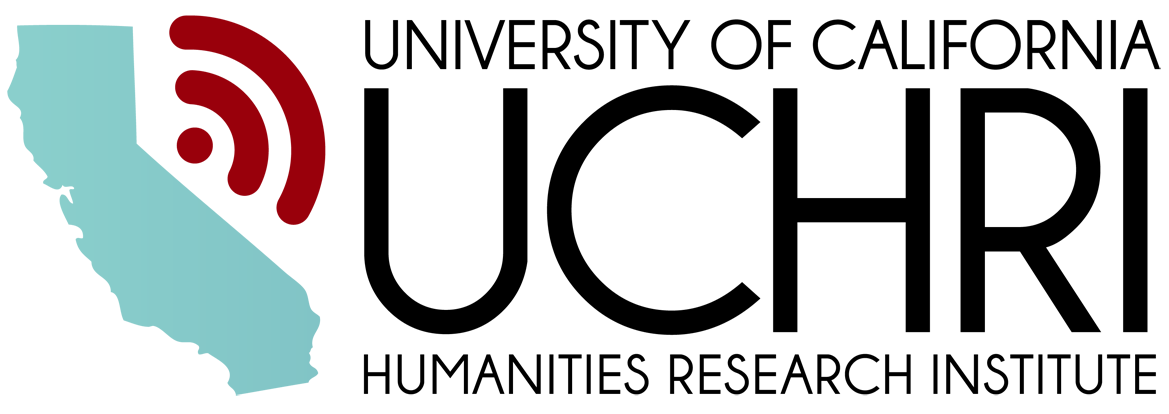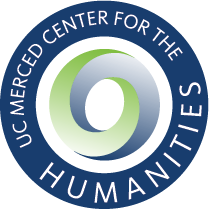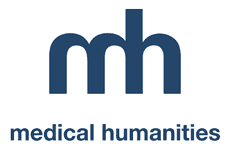
Sara K. Becker earned her PhD in Anthropology from the University of North Carolina, Chapel Hill. She is a bioarchaeologist who studies ancient cultures within the Americas, covering prehistoric labor practices in emerging complex societies, biomechanics, gendered labor, and the health of native groups, both during and prior to European contact. Sara’s dissertation research on the Tiwanaku people addressed the earliest state-level society in the Andes. She focused on everyday people laboring within this high elevation state (14,000 ft.), located about 50 miles outside of present-day La Paz, Bolivia, as well as the colony sites in lower elevation southern Peru, approximately 250 miles away. Her research uses markers of labor and activity on human skeletal remains to understand the formation and development of reciprocal, heterarchical labor groups within this high elevation state. Current projects expand osteological data and add to the understanding of how groups lived and worked within this region by recording and modeling, through experimental archaeology, traditional activities among modern Andean Aymara people. In addition, Sara has had her research featured on the Discovery Channel program, “Bone Detectives,” and various media outlets surrounding a rare case of three trophy heads discovered that had both eyes and jaws removed.
I am a biological anthropologist and archaeologist (i.e. bioarchaeologist) studying the formation of complex societies, primarily through evidence of labor on human skeletal remains. My travel background includes multiple seasons of research in South America, including both working on cemetery excavations and with previously excavated human remains. My research background includes a strong understanding of ancient diseases and trauma, along with normal and non-normal variation on human skeletons. My expertise on skeletal labor includes evaluating over 2400 individuals (both adults and children) for the bony evidence of activity, whereas usually most research on skeletal collections evaluates 300 individuals at the most. Through statistical modelling, I looked at how labor was organized chronologically and spatially in the Tiwanaku culture (AD 500-1100). My research has shown that a reduction in labor with the advent of the state, and that during the state people participated in local reciprocal labor groups to “share” hard work. My current project is on computer modelling of modern humans performing activities in traditional fashion to discover how many modern activities can trace roots back to this early civilization













